The next generation of smart windows based on organic materials which can change their properties by reflecting or transmitting excess solar energy in such a way that comfortable indoor temperatures can be maintained throughout the year.


The next generation of smart windows based on organic materials which can change their properties by reflecting or transmitting excess solar energy in such a way that comfortable indoor temperatures can be maintained throughout the year.
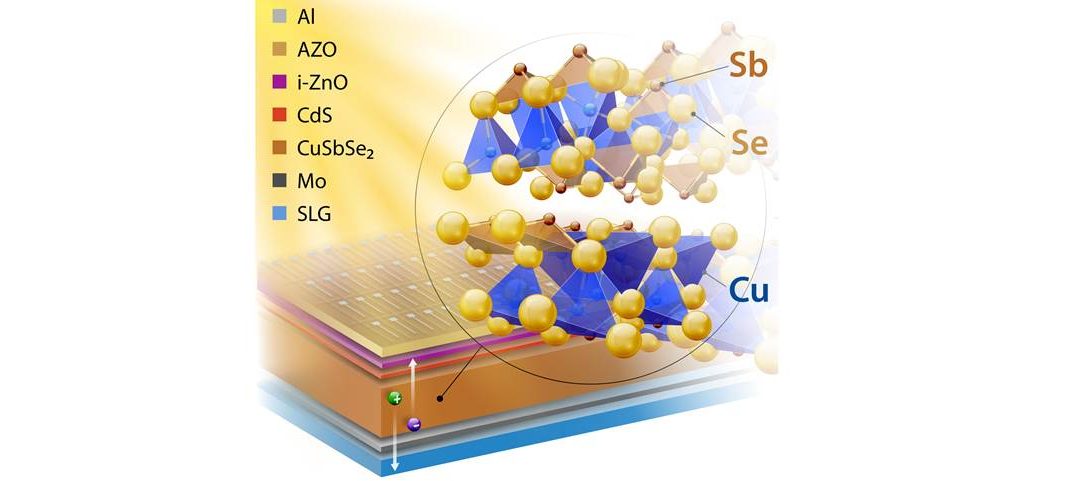
High-throughput combinatorial experiments reveal current/voltage trade-offs in chalcostibite thin film solar cells.
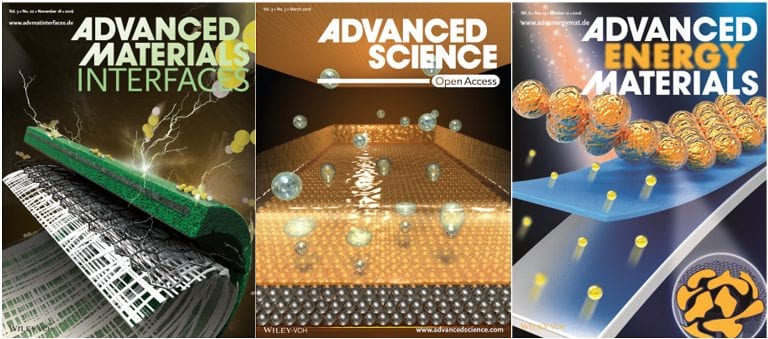
Highlights from the biannual Bunsen-Colloquium in Frankfurt, Germany.
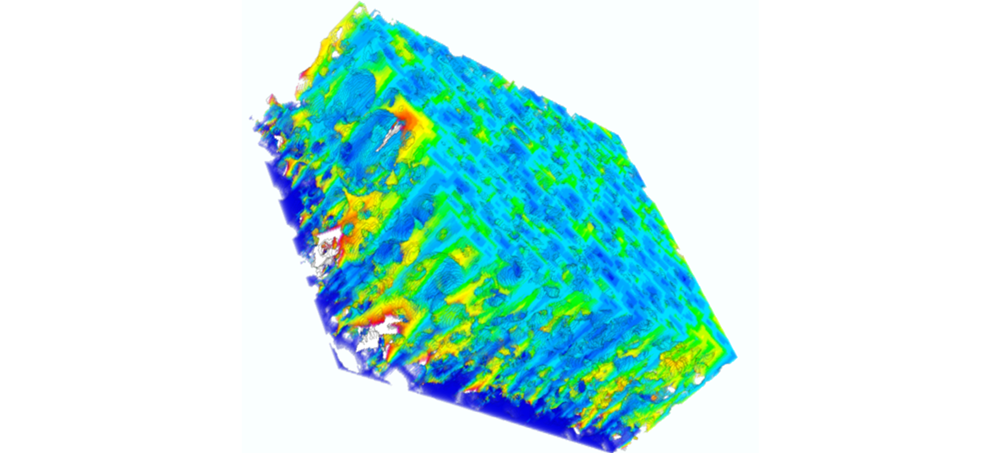
The 3D geometry of electric-vehicle-suitable electrodes is analyzed with X-ray tomography and focused ion beam in combination with scanning electron microscopy tomography.
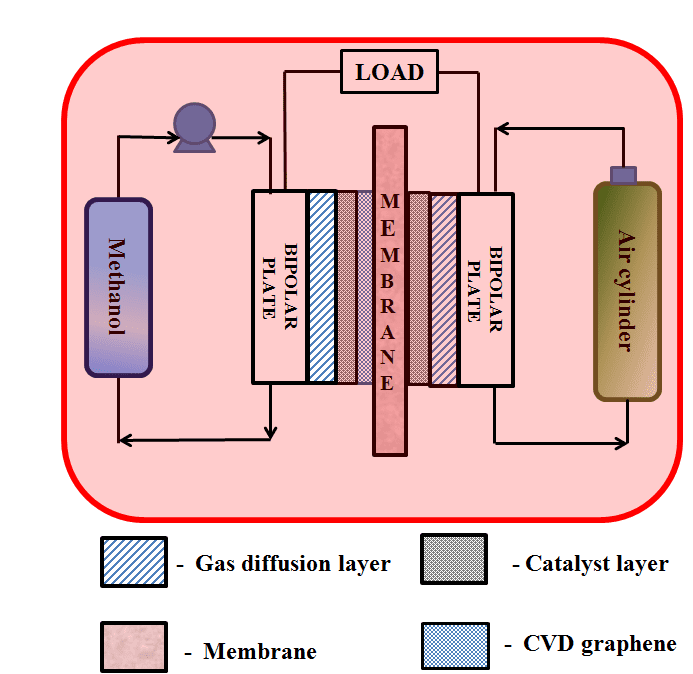
Researchers from the University of Manchester and Rice University report the testing of 2D material-graphene and hexagonal boron nitride in the membrane area of fuel cells
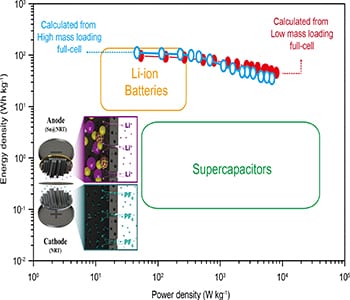
Researchers from Korea have demonstrated high-performance hybrid full-cell capacitors on new paradigm structures for anode and cathode electrodes
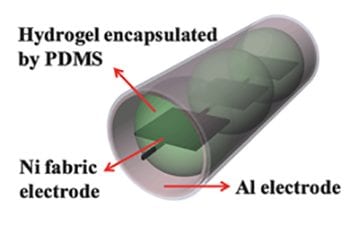
Recently, Prof. Jianhua Hao’s group from the Hong Kong Polytechnic University introduced a hydrogel-based triboelectric nanogenerator (Hydrogel-TENG).
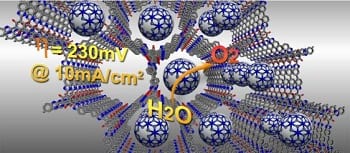
Continuous demand for H2 and O2, two clean and efficient fuels, has created a need to find low-energy routes for producing them

A special issue on Nano-Energy Materials in Advanced Energy Materials.
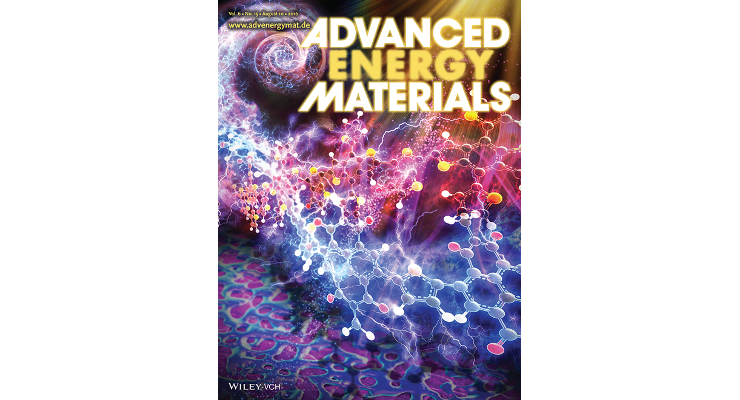
Take a look at the great cover images from the August issues and top five most downloaded articles this month.